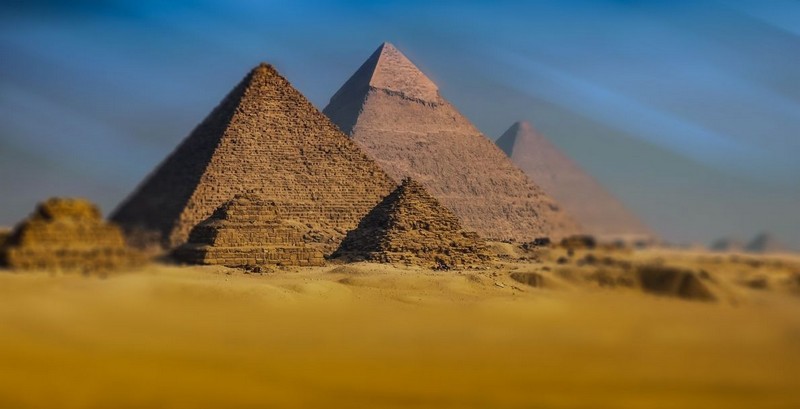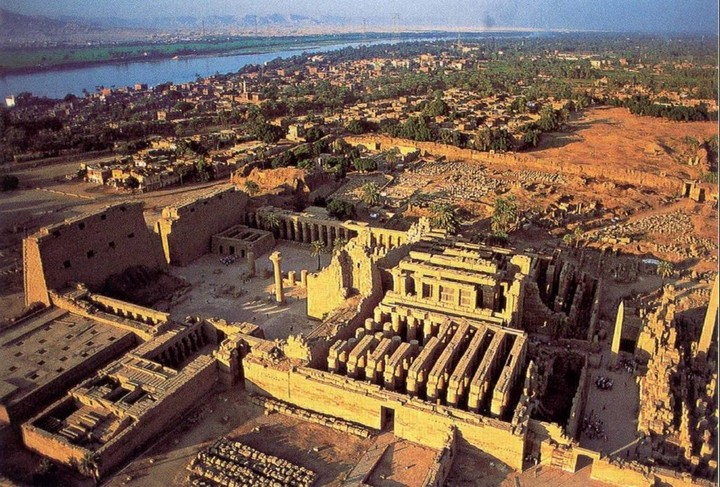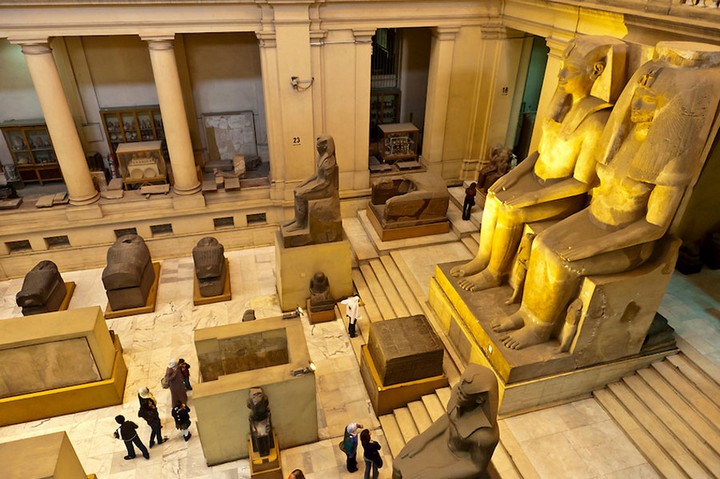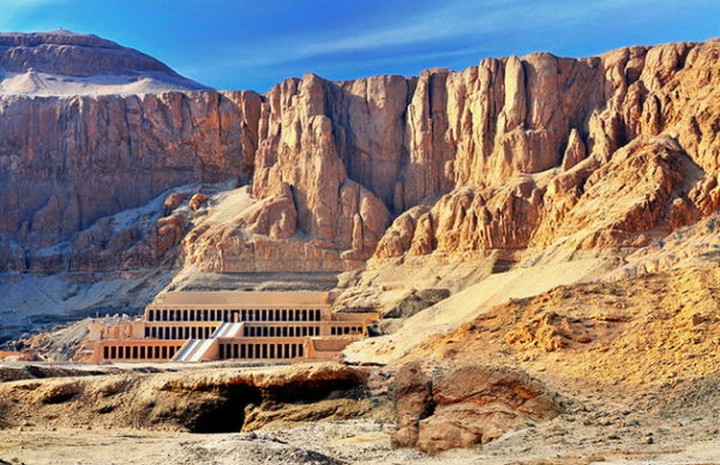Egypt is synonymous with the relics of its ancient era. Iconic images of pharaohs, sphinxes, pyramids, mummies, and hieroglyphics, all spring to mind. This land of myths, religion and stories has been a popular tourist destination since the days of the Romans and it has not lost its unique appeal.
The ancient Egyptians were incredible builders and visitors can still marvel at their legacy today.Which is why we decided to put together a list for the traveler who wishes to embark on a cultural journey to Egypt. This post is more like an introduction to the country’s historical treasures. And if you wonder why we narrowed the the list down to seven sites…well, it’s to stir your appetite a bit.
There are many possible plane itineraries in order to get to this part of the world and we also found this Egypt online visa application which hopefully comes in handy. Without further ado, here are some of Egypt’s impressive cultural destinations:
#The Pyramids of Giza

The largest is the Great Pyramid which was built in the 26th-century BC as King Khufu’s tomb. It is both the oldest of the Seven Wonders of the Ancient World, and the only one which is still standing. It was the tallest man-made structure on the planet over a 3,800 year period. There are a group of other pyramids to see at Giza as well as the Great Sphinx, which is the oldest monument here.
Karnak Temple Complex

After Angkor Wat in Cambodia, Karnak is the second-biggest ancient religious site in the world. It was built over a period of 2,000 years and includes temples, chapels and other structures. In the ancient era it was the most important place of worship and today it serves as a large open-air museum. After the Pyramids of Giza, it is the second most-visited site in Egypt.
The Egyptian Museum

With more than 100,000 items, the museum contains the largest collection of ancient Egyptian relics in the world. It tells the fascinating story of the ancient era through impressive displays of mummies, statues, coins, papyrus and other artefacts. The most famous item on display is the solid gold mask of Tutankhamun which weighs 11kg. The Egyptian Museum is also often referred to as the Museum of Cairo.
Luxor Temple

The Temple has an incredible story to tell. It was built between 1100-1600 BC as a shrine to the the gods Amun, Chons, and Mut. There are 14 huge columns which are 23 metres high and around 10 meters in circumference to honor them. Luxor temple became the place where Egyptian kings were crowned. Later, Alexander the Great built a temple there and the Romans also used the site as their Egyptian headquarters.
The Valley of the Kings

The area was the burial ground of the ancient Pharaohs for 500 years and has been a focus of archaeological exploration since the 18th-century. The most famous discovery was Tutankhamun’s tomb which led to rumors of the Curse of the Pharaohs. In total there are 63 tombs to see, though no one knows how many remain undiscovered. The fascinating area continues to stimulate research and interest.
The Avenue of Sphinxes

The Avenue of the Sphinxes is the ancient route which connects the temples of Karnak and Luxor. It contains over a thousand sphinx statues over a one-and-a-half mile path. The first sphinxes were built during the reign of Nectanebo in the 4th century BC. The road was renovated by Cleopatra (51-31 BC) and later used by the Romans. The path has been painstakingly restored by the Egyptian Government who reopened it in 2011.
Abu Simbel Temple Complex

The complex is part of the Nubian Monuments which are listed as a UNESCO world heritage site. In the 13th century, during the reign of Ramesses II, the twin temples were carved out of the mountainside to celebrate his victory at the Battle of Kadesh. The huge external figures have since become iconic. To save the temples from being submerged in Lake Nasser, they were moved in their entirety in 1968 to their current location by UNESCO.

